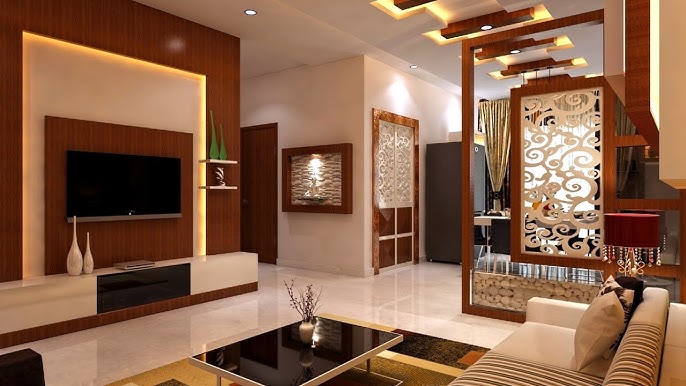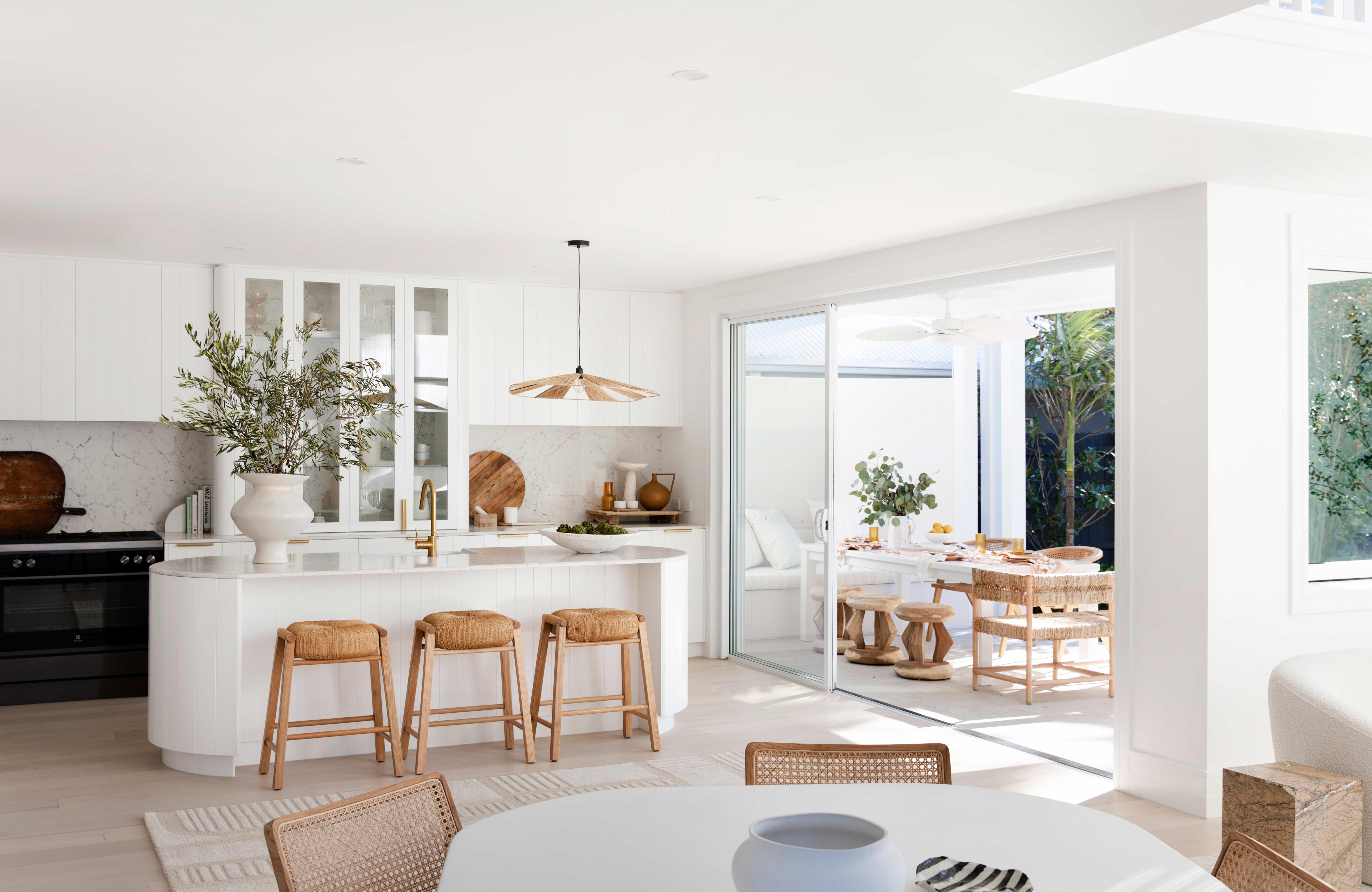Achieve miami luxury interior design for a sophisticated and stylish lifestyle.
Achieve miami luxury interior design for a sophisticated and stylish lifestyle.
Blog Article
Transform Your Home With Essential Principles of Interior Decoration and Appearances
By comprehending the impact of shade concept and the importance of texture and patterns, one can produce spaces that are not only visually attractive however also deeply individual. Accomplishing this equilibrium entails even more than mere decor; it includes a tactical setup and an eager understanding of exactly how each element connects within an area.
Understanding Shade Theory
Shade concept is a fundamental facet of interior layout that substantially influences state of mind, perception, and total aesthetic. Recognizing the principles of shade theory permits designers to develop spaces that reverberate emotionally with residents while fulfilling practical needs (luxury interior design). Shades can be classified into 3 primary kinds: key, additional, and tertiary. Each group plays an important function in developing harmony within a room.
The mental influence of shades is profound; warm colors such as reds and oranges stimulate power and heat, while awesome tones like blues and environment-friendlies advertise peace and tranquility. The use of complementary colors improves visual interest, creating striking contrasts that can raise a space's appeal.
Neutral colors, on the various other hand, act as a functional background, permitting other design elements to shine. It is vital to take into consideration variables such as lighting and the room's purpose when selecting a color palette, as these can alter the perception of colors throughout the day.
Ultimately, a well-considered color scheme can change a room, cultivating a sense of convenience and design that lines up with the residents' preferences. Mastery of shade theory is, for that reason, an important skill for any indoor developer aiming to produce unified and inviting environments.
Achieving Equilibrium in Style
Just how can designers attain a sense of stability in their areas? Achieving equilibrium in style is fundamental to producing unified interiors.
Unbalanced balance, on the various other hand, depends on varying elements that still attain a cohesive appearance. This approach enables more vibrant and casual plans, giving rate of interest while keeping balance. By thoroughly picking varying sizes, shades, and textures, designers can develop a visually engaging room that feels balanced yet energised.
Radial balance stresses a main centerpiece with aspects radiating outside. This style is frequently seen in round layouts, where furniture and design produce a cohesive surround that attracts the eye internal.
Ultimately, achieving balance needs thoughtful factor to consider of range, proportion, and the connections between aspects. Architecture Firm. By skillfully applying these balance principles, designers can change areas into settings that really feel both cosmetically pleasing and functionally unified, enhancing the overall experience for residents
Importance of Spatial Awareness

An eager feeling of spatial recognition allows designers to determine prime focus within an area, leading the visitor's attention to crucial features while maintaining an overall sense of unity. It also aids in the tactical positioning of lights, which can dramatically affect the assumption of area and mood. Furthermore, comprehending spatial connections allows the designer to pop over to this site satisfy the particular needs of inhabitants, making certain that each location offers its designated function without compromising aesthetic appeals.
Inevitably, spatial understanding is vital for optimizing the capacity of any indoor area. By carefully thinking about the interaction in between dimensions, format, and function, designers can produce environments that not only satisfy useful needs however also stimulate a sense of comfort and charm, enhancing the general living experience.
Incorporating Appearance and Patterns
Embracing a varied series of textures and patterns can considerably boost the visual and responsive appeal of an indoor room. The calculated use numerous materials-- such as timber, metal, material, and rock-- creates deepness and interest, making a space feel much more welcoming and dynamic. For example, integrating go to this site smooth surface areas with rough appearances can develop a balance that attracts the eye and engages the senses.
When incorporating patterns, think about both range and repetition. Large patterns can serve as prime focus, while smaller sized, subtle styles can match various other elements without overwhelming the area. Layering patterns, such as pairing flower paddings with striped throws, adds complexity and a sense of harmony if implemented thoughtfully.
It is likewise vital to preserve a natural color palette, guaranteeing that textures and patterns interact instead of contend for focus. By choosing a few essential textures and patterns, you can create a linked visual that mirrors your individual style while enhancing the total setting of the space. Ultimately, the mindful unification of these components can transform a mundane room right into an advanced environment rich with personality and warmth.
Personalizing Your Room
Producing an area that mirrors your character is crucial to achieving an absolutely welcoming environment. Customization in interior design permits you to instill your special style and passions into your home, transforming it from a mere shelter into a refuge that talks with that you are. Begin by choosing a color combination that resonates with your feelings-- bold tones can stimulate, while soft tones offer harmony.
Incorporate art work and design that show your interests, whether it be travel, nature, or abstract principles. Displaying individual collections, such as books, photos, or mementos, can evoke treasured memories and develop centerpieces within an area. Additionally, think about tailoring useful pieces, like upholstered furnishings, to align with your aesthetic choices.

Verdict
To conclude, the makeover of a home through the vital concepts of interior layout and aesthetic appeal demands a comprehensive understanding of color theory, equilibrium, spatial recognition, appearance, and personalization. Each element adds dramatically to creating a harmonious and practical living atmosphere - Architecture Firm. By thoughtfully incorporating these concepts, people can enhance the visual appeal and emotional resonance of their rooms, ultimately fostering a home that reflects distinct identities while offering comfort and functionality
Report this page